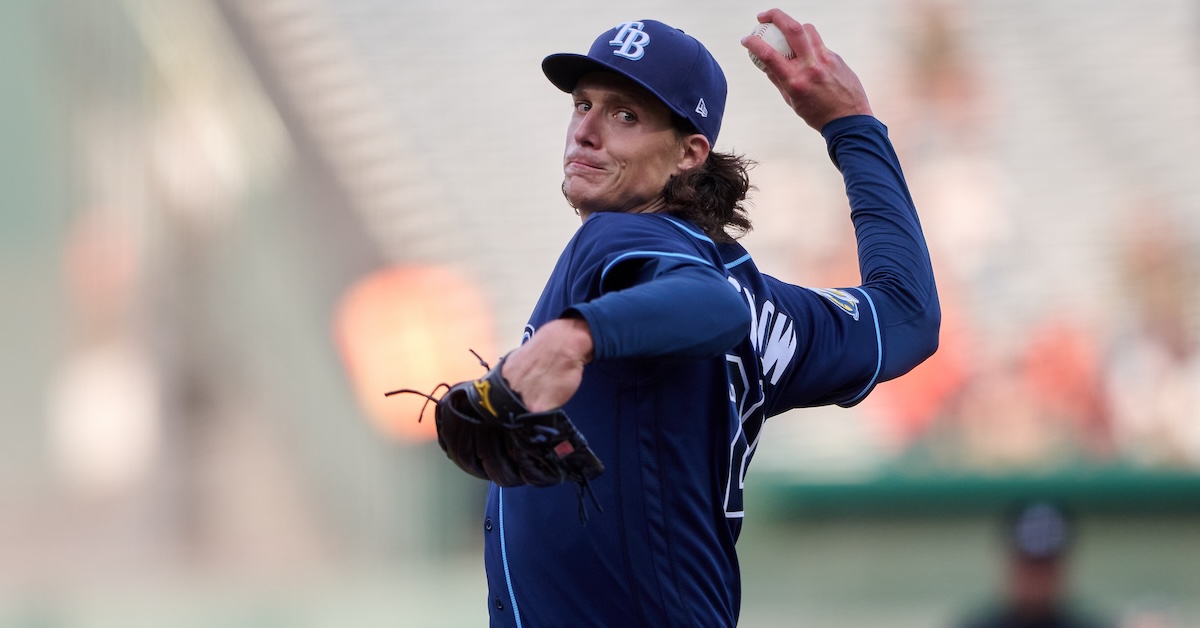Sunday Notes: Top Red Sox Prospect Roman Anthony Adjusted To Power Up
Roman Anthony arguably has the highest upside in the Boston Red Sox system. Three months shy of his 20th birthday, the left-handed-hitting outfielder is No. 14 on our recently-released Top 100, and in the words of Eric Longenhagen, he “has the offensive foundation (plate discipline and contact) to be a top five prospect if he can more readily get to his power in games.”
Getting to more of his in-game power was an organizationally-driven goal throughout a first full professional season that saw the 2022 second-rounder begin in Low-A Salem and finish in Double-A Portland. Progress was made. Of the 14 home runs Anthony swatted over 491 plate appearances, all but one came from mid-June onward. Learning to lift was the key and, according to the youngster that came not from an overhaul of his mechanics, but rather from subtle adjustments.
“At the beginning of the year, I was pulling it on the ground a little more than I would like to,” acknowledged Anthony, who was 200-plus plate appearances into the season when he went yard for a second time. “But I worked with my hitting coaches and eventually it clicked. It was really just minor tweaks. It’s not as though I was redoing my swing, or anything like that. I still have pretty much the same swing I’ve always had.”
According to Red Sox farm director Brian Abraham, Anthony’s adjustments were crafted primarily in a batting cage with simple, yet creative, drill work. Read the rest of this entry »









